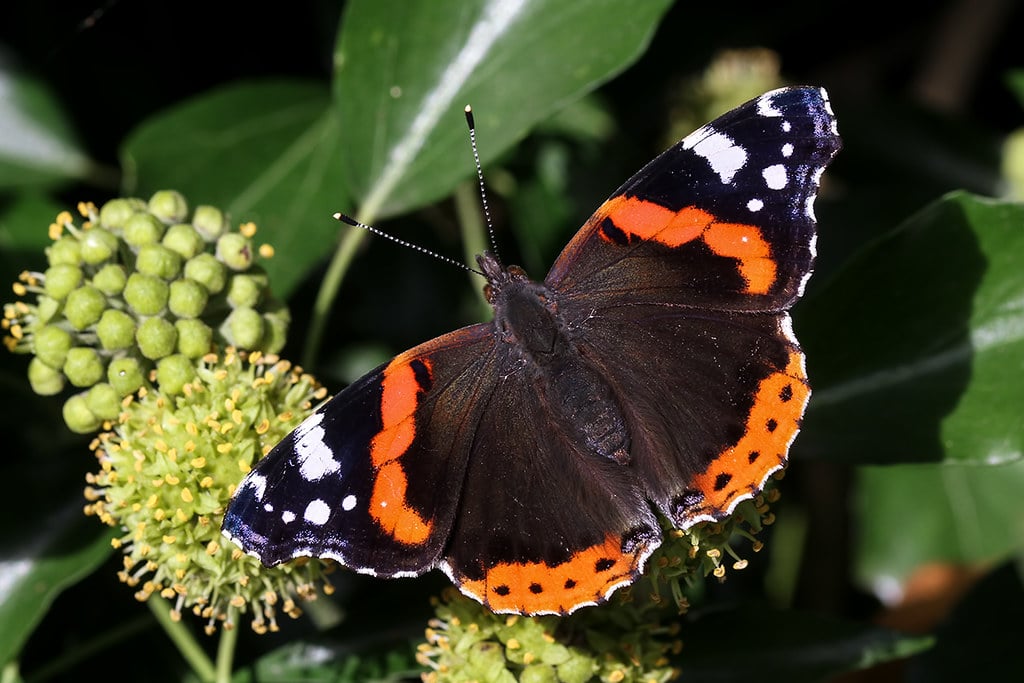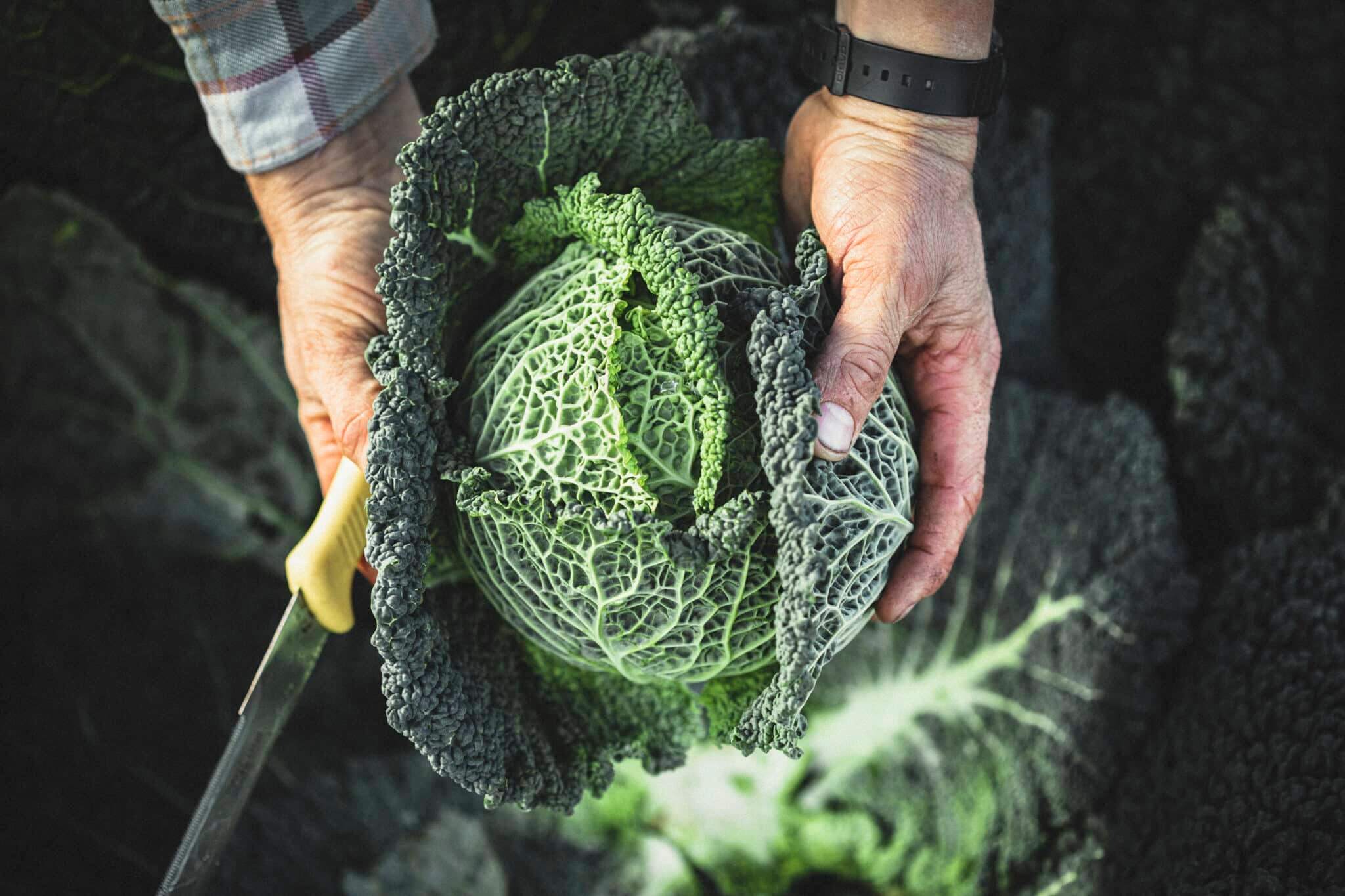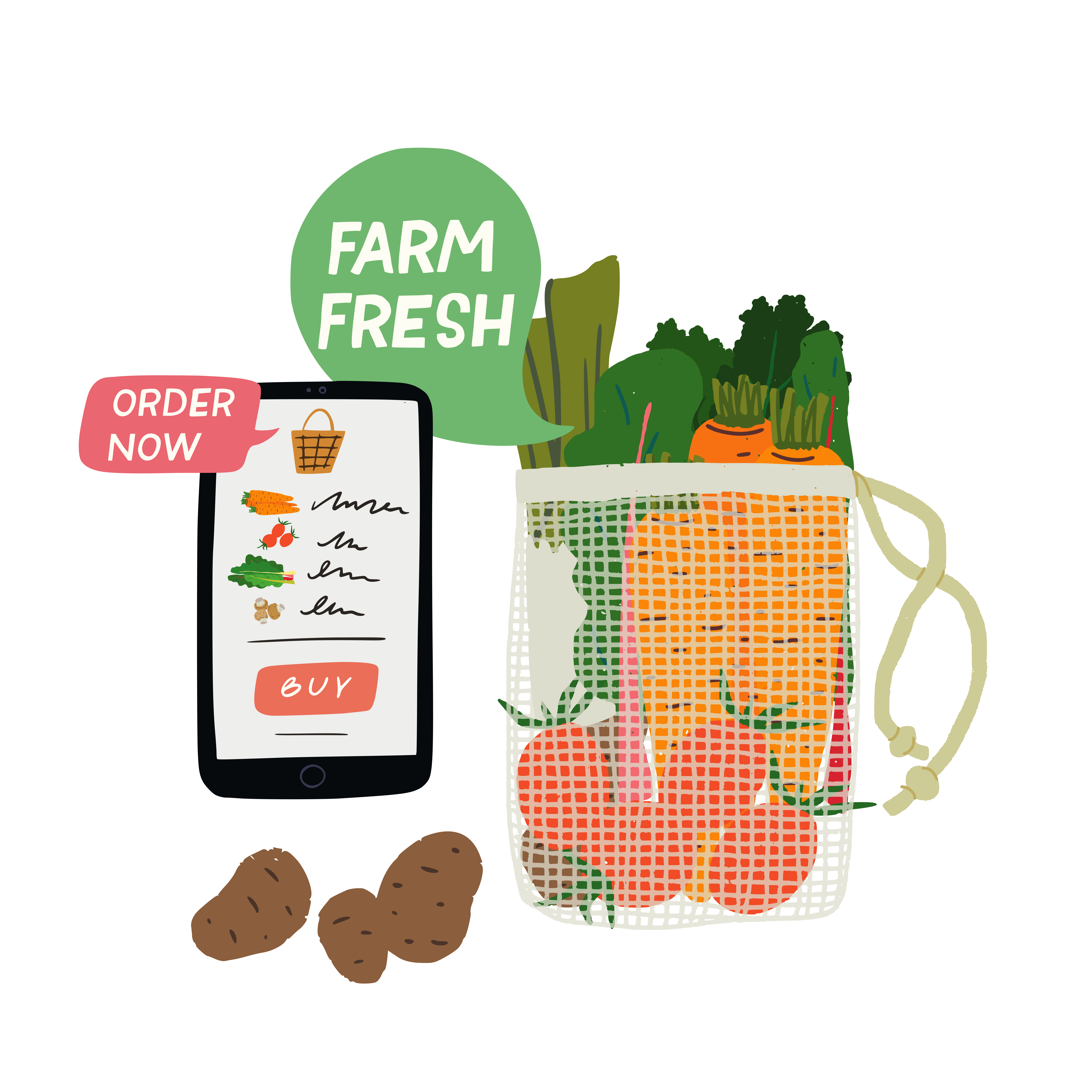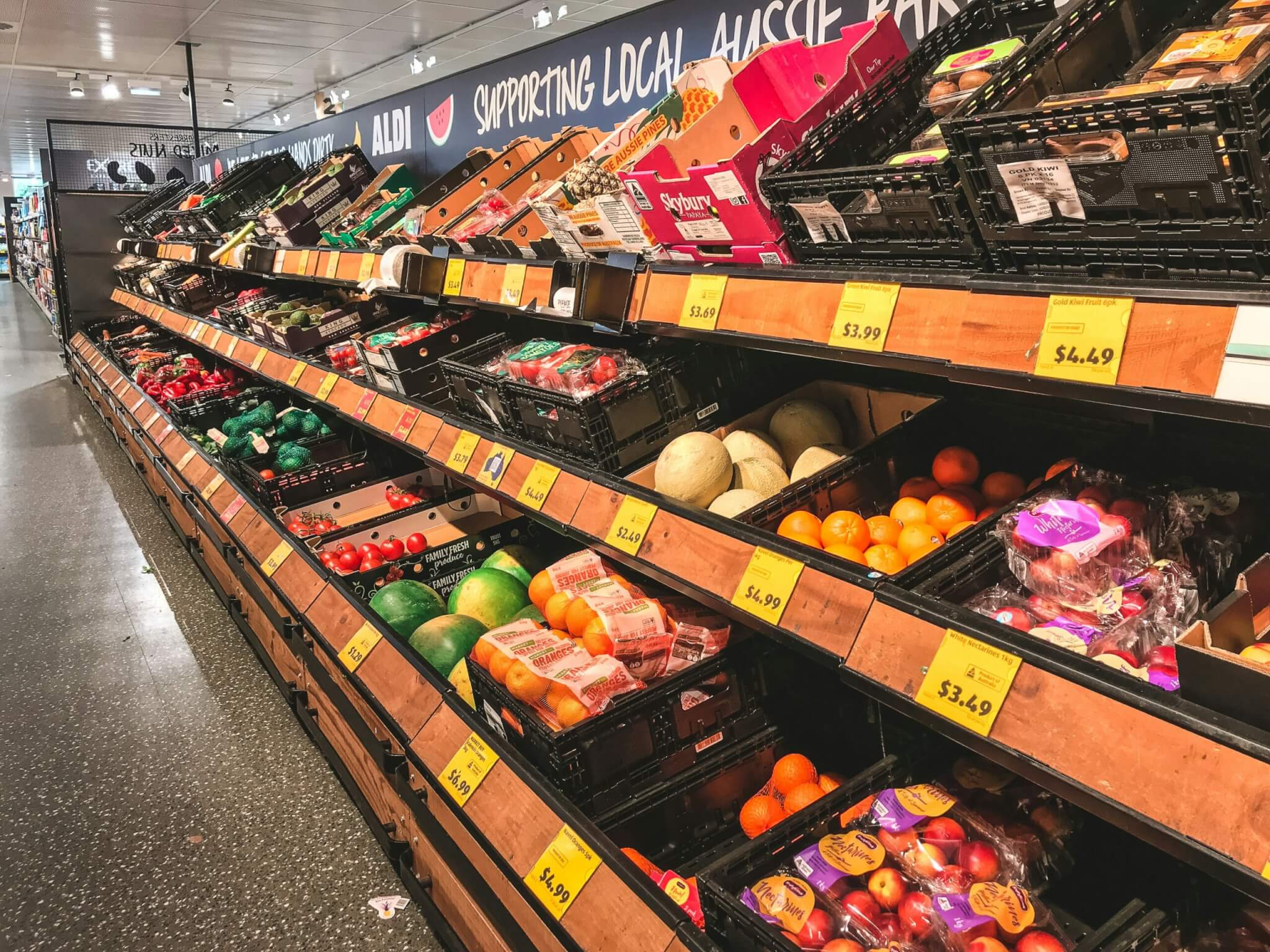From barn owls to butterflies, once common animals are now a rare sighting, with more than one in seven UK species facing extinction and over half in decline. The biggest impact on UK wildlife has been the intensification of agriculture, pesticide use and pollution. Many feel that soon there will be no room for nature, but we can support wildlife right now, starting in our own gardens. No matter how big or small your space, a few simple steps will help.
Sometimes less is more
- Leave wild patches in your garden as a haven for butterflies. Keep a small ‘no-mow’ area, or sow borders with nectar-rich wildflowers like clover, greater knapweed, foxglove and field scabious.
- When perennial plants develop seed heads in autumn, put off cutback until early spring – wildlife will love the seeds and hiding places.
- Cut down on digging and let the worms, bugs and beetles keep the soil healthy.

Be insect and bee friendly
- Choose pesticide-free gardening – Garden Organic have some easy advice for getting started if you are a beginner.
- Grow bee friendly plants and build some shelter for them too. Make a simple bee hotel – even if bees don’t take up residence, other insects will make their homes there.
- Encourage ladybirds (fantastic for organic pest control if you grow veg) by tying a bundle of plant stems such as cow parsley together and placing in a tree or cracks in a wall.

Help hedgehogs, frogs and toads
- Known as the gardener’s friends, these guys love eating slugs. If you have a fence, remove a small section at the base (about 5” square) to allow them in.
- Leave a tepee-shaped log pile, or pile of fallen leaves undisturbed in a shady corner to provide a home if they do visit.
- Create a small wildlife pond to encourage frogs and toads. This can be just a bucket or bath, but even a small one is possibly the best resource for all your garden wildlife. Make sure it has shallow edges and a simple ramp of stones or wood to allow easy access and a safe exit for animals.

Encourage birds
- Climbing plants such as roses, ivy or honeysuckle grown against walls or fences make ideal nesting habitats that provide food, plenty of insects and a hiding place from predators.
- Put up bird boxes or shelters. If you want an easy way to provide a warm roost for smaller birds like robins, wren and dunnocks, nesting pockets can easily be tucked into a climbing trellis or in bushes.
- Provide clean water for bathing and drinking – even a plant saucer with a textured finish and a stone in the middle will do.
- Create a bird table or hang fat balls full of seeds and nuts to provide energy rich food – the RSPB has a handy feeding guide if you need advice on what’s best to feed and when.














This is great and we do almost all in our little terrace garden. But there was a piece in the paper today questioning the value and health of insect ‘hotels’ so I’m not sure about them (we have one my sister gave me but otherwise rely on natural cracks and crannies)., plus I’ve never seen a bird in or fly from a nesting pocket!
Thanks Jo, its great to hear you are already doing this, hopefully you can inspire neighbours to follow suit too. Regarding the insect hotel and nesting pockets, they may be more relevant in gardens where there’s less suitable habitat – sounds like they have plenty of places to live if your space is already wildlife friendly. The DIY bee hotel suggested in the article may be more successful than manufactured ones as you can use local nesting materials inside them.
Susan
We have a large garden and a lot of birds and other wildlife. Sadly I have stopped feeding the birds because the food that drops to the ground attracts rats.
Does anyone know how I can prevent the rats?
Hi Susan the RSPB suggests the following that may help:
1 – Don’t put out too much food. There’s only so much your garden birds can eat in a day, so it’s better to feed them little and often and if food hasn’t been eaten then simply don’t top it up. Putting out excessive amounts mean the intended recipients won’t be the ones who finish it off.
2 – Keep it moving Try to avoid putting food in the same place each day. Moving it around will confuse rats, but your garden birds won’t be outwitted.
3 – If possible, place food off the ground. Hanging from a tree in a feeder or on a bird table are simple ways to keep food out of the reach of rats. Attaching bird seed trays under feeders can also help to stop food going on the floor.
4 – Keep it clean. Rats aren’t afraid of tucking into mouldy leftovers so regularly clean your bird table or any space where you leave out provisions, and never allow old food to accumulate.
5 – Use special feeders.Anti-squirrel bird feeders are also great for preventing access to rats. Some feeders are surrounded by ‘guardians’ that thwart larger animals’ attempts at getting at the food, while others are weight-activated and stop food being dispensed when a heavier than usual visitor arrives.
6 – No overnighters. Making sure no food is left out overnight can be one of the simplest ways of avoiding rats. Rodents tend to go on the prowl for food at night, whereas birds won’t eat after the hours of darkness, so if you leave scraps out after that it’s likely there’ll be some very happy rodents feasting in your garden while you’re all tucked up in bed.
http://ww2.rspb.org.uk/our-work/rspb-news/news/298142-rats-the-way-to-do-it
To be honest, if you have a large garden, there will be rats somewhere in it anyway and it’s just that they will congregate where they know there is a constant food supply. I think too much is made of the supposed dangers of rats and the diseases they may or may not carry. Whilst we obviously don’t want to encourage or effectively breed them by feeding them, it’s the price we have to pay for looking after other wildlife. The foxes that visit our garden are good at catching rats and our border collie likewise, but they aren’t something we really worry about. If you see it as a real problem, you could try putting the feeder on concrete or flagstones and sweeping up any bits that fall down and aren’t eaten by ground-feeding birds every evening. Any control methods used against rats will usually adversely affect or kill other animals too (excepting foxes, of course).
Great advice. Leaving piles of pruned branches and leaves under hedges is also great for insects and small creatures which in turn feed birds. We have a huge variety of birds that visit our garden thanks to a feeder with black sunflower seeds, fat balls (RSPB ones seem to attract the biggest variety), fat cake and niger seeds. We also scatter wild bird seeds on the lawn and put out some peanuts and dog food for the badgers and foxes that visit ( the long dry spells we now get cause them problems because they can’t dig up earthworms in the baked-hard ground.). Water is always available in several containers around the garden. It’s such a delight to see all the visiting wildlife and know that you’re helping them to survive the increasingly difficult environment we are creating for them. Ok, we get occasional rats taking advantage of the small amount of food the birds haven’t found, but the foxes usually catch them and the crows nesting nearby feed on what the foxes leave. We’ve also planted some bird friendly fruit trees. I wish more people would stop using pesticides and weed killers and manicuring their gardens and just plant some beautiful things, but enjoy what grows there and share the land with the other animals that need it too.
That’s amazing Andy, what a real haven for wildlife you have created. Lets hope your post inspires many to follow suit!